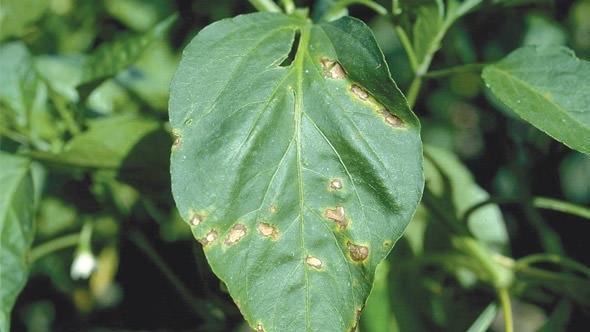What It Takes To Grow the Oldest Living Orange Variety in California
The 1,000th tree OK’d for growing by California’s Citrus Clonal Protection Program happens to be the oldest living orange variety in the state — ‘Bidwell’s Bar’.
The program, housed at UC Riverside, is the first of its kind in the world. It began in the 1950s, and its scientists spend up to three years testing and clearing citrus trees of disease so they can be released to commercial and private growers.
By law, every citrus tree newly propagated in California can be traced back to one mother tree created at UCR through the protection program. Program Director Georgios Vidalakis and his group begin their process by testing incoming trees for more than 30 citrus diseases, whether the diseases are known to have emerged in the state or not.
The treatment for any disease identified in that first round of testing is to make a new mini tree from a few cells of the original budwood. “We use special plant cells for this process that diseases cannot penetrate,” Vidalakis says.
After the mini tree grows large enough, program scientists go back and do a second round of testing for disease, making sure they picked the right cells for propagation and eliminating any prior trace of illness.
If it passes the arduous second set of tests, the new tree gets a variety index or VI number that accompanies it for the rest of its life, and it is released to the public.
Dubbed the Mother Orange Tree, ‘Bidwell’s Bar’ is a sweet Mediterranean orange brought to California from Mazatlán, Mexico, and planted in 1856. It was first planted near the Bidwell Bar Bridge near Oroville, then dug up and replanted twice.
Its survival skills are some of the reasons Tom Delfino, former California Citrus Nursery Society Director, recommended the old orange tree for the protection program.
“Apparently this variety is very rugged,” Delfino says. “Not only has it survived a lot of cold Northern California winters, but the tree has been dug up and replanted twice — once to protect it from impending flood, and again to make way for the Oroville Dam.”
By suggesting ‘Bidwell’s Bar’ for approval, he was hoping the protection program would clear it so he could buy its budwood. He also hopes that this variety will catch on with commercial growers.
For more, continue reading at news.ucr.edu.









